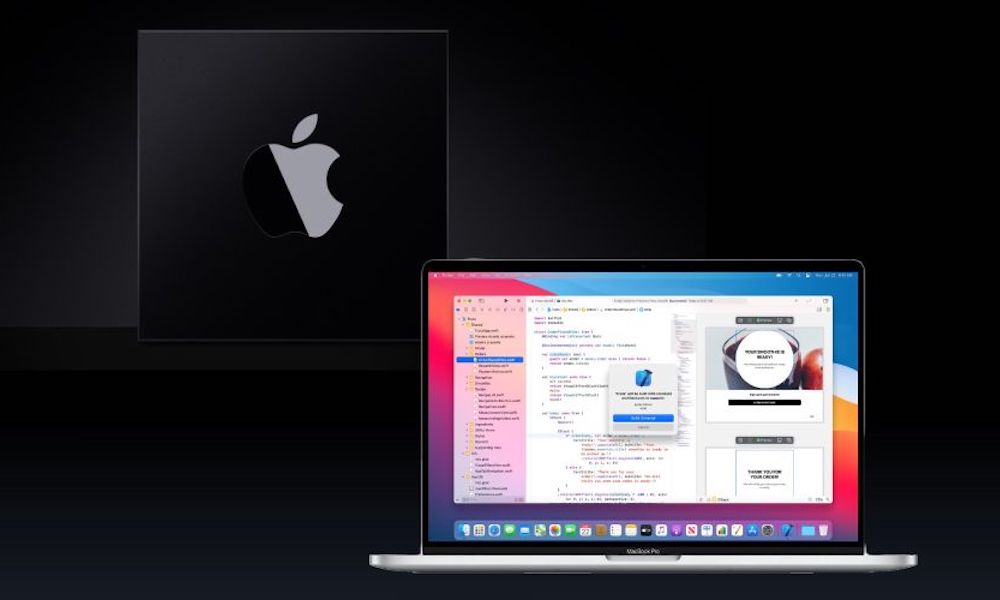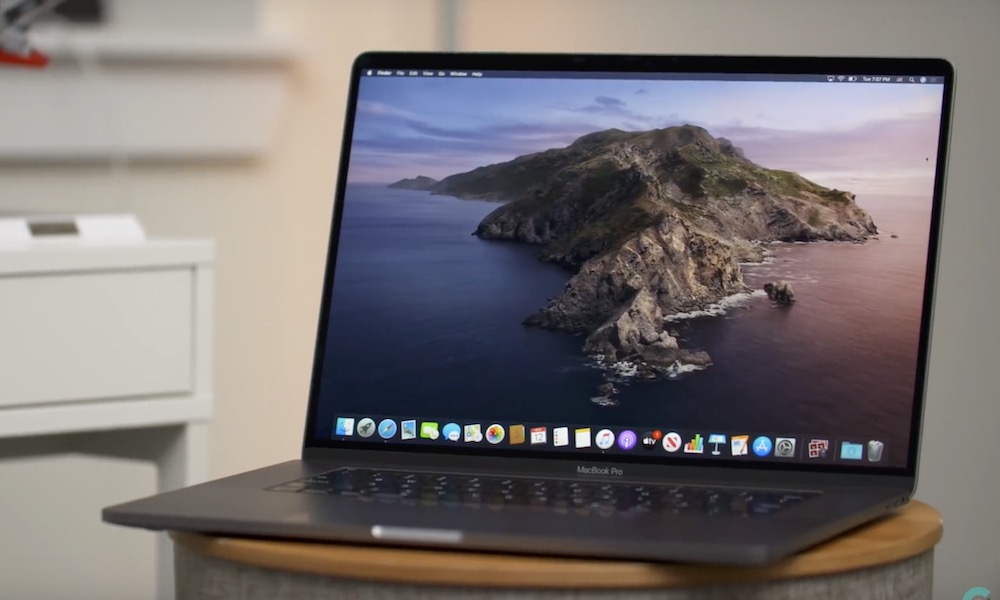FAQ: What Is Apple Silicon for Mac Computers (and Why Is It So Important)?
 Credit: Apple
Credit: Apple
Toggle Dark Mode
During this year’s Worldwide Developers Conference (WWDC), Apple made many announcements for the future of the company and its products. And probably the biggest change the Cupertino company is working on is called Apple Silicon.
What Apple is doing is switching from the current Intel processors that Mac computers use to the company’s own custom processors. According to Apple, its goal is to give Mac computers better performance while keeping power consumption as low as possible.
While this sounds like great news for future Mac users, it raises a few questions.
How will this affect current Mac computers? Will future Mac computers be cheaper or more expensive? And most importantly, what does this mean to you right now and in the future?
Granted, Apple Silicon is still in its early stages so we don’t have all the answers yet. That being said, here’s everything we know Apple Silicon and the future of Mac computers as a whole.
What’s Apple Silicon?
Apple’s main goal is to stop using Intel processors, which all current Mac computers use, and switch to its own custom processor instead. At the heart of this processor will be a chip with Advanced RISC Machine (ARM) architecture.
ARM chips are a great option because of their incredible performance combined with low energy consumption. In fact, Apple’s already been using ARM chips in all of its iPhones and iPads.
We’ve already seen the power and performance of the ARM chip. The iPhone and iPad’s performance has been one of, if not the best in the market, even compared to some laptops. We’ve even seen the iPhone SE outperform some of Samsung’s best smartphones.
During WWDC 2020 Apple showcased the power of a Mac with an A12Z Bionic Chip, which is the one you find in the iPad Pro. During this demonstration, the Mac played 4K videos on Final Cut Pro without any problems. As you would expect, this isn’t a real-life test, so we’ll still need to check it out for ourselves how well they perform once the chips hit the market, which should be sooner than expected.
Why Is Apple Making This Change?
Apple is making this change to create better products. As mentioned before, creating its custom chips will give us better performance and lower power consumption.
While performance is a key factor, it’s not the only goal the company has in mind. By creating its own chips, Apple will have more control over the chips’ creation. Not only that, but the company will also have a more efficient, and cost-effective process to create the new Macs.
And probably the biggest reason for this change could be money. Creating an ARM chip will be cheaper now that Apple will be in charge of everything, rather than paying Intel. That’s how a trillion-dollar company like Apple stays on top.
Which Apps Will Be Available?
Apple said that you’ll be able to use first-party apps without a problem on any Apple Silicon Mac. Other apps, like Adobe and Microsoft Office, will be available as well.
For every other app, Apple is encouraging developers to use tools such as Xcode and Universal 2 to bring their apps to Apple Silicon. Apple says this process only takes a few days to complete, so you should expect most apps to make the transition.
In case some developers don’t update their apps, Apple also revealed Rosetta 2, which is an app that’ll help you run older, Intel-based apps on your Apple Silicon Mac instantly.
And, for the first time, developers can also take advantage of Apple Silicon and macOS Big Sur to make their iPhone and iPad apps run on Mac. During the WWDC presentation, we saw a Mac using different iPhone apps and games smoothly. But, we’ll have to try it to see how well these apps and games run.
What About Your Current Mac?
As of right now, you shouldn’t worry about your current Mac becoming “outdated.” There’s still a long way to go before every Mac has a custom Apple Silicon processor.
Apple’s expecting its transition from Intel processors to ARM chips to take a couple of years to complete. In addition, the company stated that it’ll still release Intel-based Macs in the future, and also has some Intel-based Macs in development.
Despite this, we should see the first Apple Silicon Mac in the next few months.
Should You Get the First Apple Silicon Mac?
According to Apple, we should see the first Apple Silicon Mac by the end of the year. As of right now, we don’t know which Mac model Apple is talking about, although some rumors suggest that a 12-inch MacBook will be first.
This brings the question, should you buy the first Apple Silicon MacBook?
We’ve seen in the past that, when a company tries anything new, the first products to be released come with some flaws. You probably heard about the first Samsung Galaxy Fold. Having a foldable screen was cool and exciting, but it had so many problems with its screen that Samsung had to take back Galaxy Folds to fix this issue.
Apple’s had its fair share of problems in the past too. Do you remember the iPhone 4’s reception issues? Or you might remember the iPhone 6’s bending problems, or the sticky keys some MacBook users experience that even led to several lawsuits.
Sure, Apple fixed these problems, but on later devices. This doesn’t mean the new Silicon Mac will be faulty right from the get-go. On the contrary, it may even be better than the current generation of Mac computers. But when it comes to spending over $1,000 for a new computer, it may be better to exercise patience before diving in.







